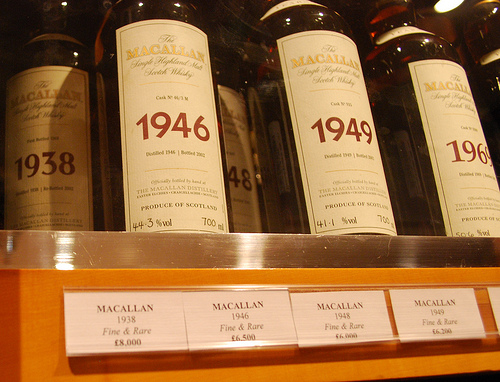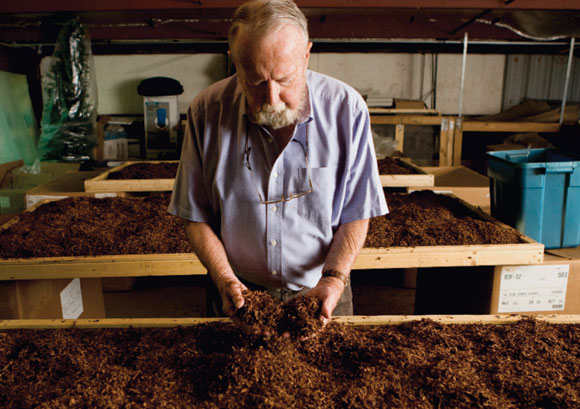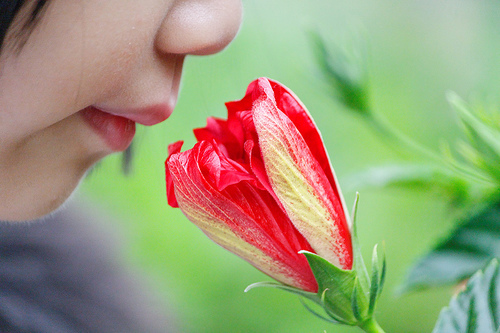One of the advantages of working at a Scottish pub for years is that I have become quite familiar with the beauty of Scotches. However, I am far from a master. Very far. My friend, Christopher Lynch, on the other hand, is very well deserving of that title in my opinion.
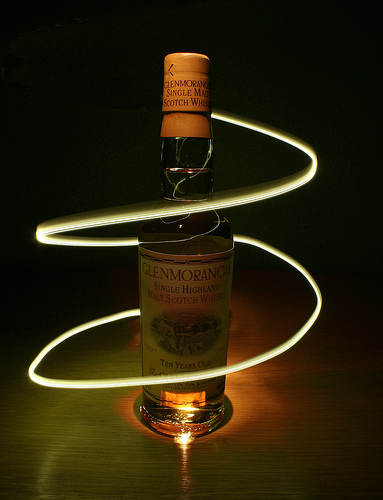 I like to think of Scotches as the alcohol equivalent of pipe tobacco. There are lots of similar items (cigars and cigarettes / Irish and Canadian), but they are not quite the same. As Chris says, both Scotch and pipes are “where the true meaning of patience and perfection” come in. Each requires slowing down to fully appreciate and to craft perfectly. Scotches are aged, briar is aged. There are pipes and Scotches that are produced en masse and some of those manage to be decent, but the best examples of both end up coming from artisans who take their time and settle for nothing less than perfection.
I like to think of Scotches as the alcohol equivalent of pipe tobacco. There are lots of similar items (cigars and cigarettes / Irish and Canadian), but they are not quite the same. As Chris says, both Scotch and pipes are “where the true meaning of patience and perfection” come in. Each requires slowing down to fully appreciate and to craft perfectly. Scotches are aged, briar is aged. There are pipes and Scotches that are produced en masse and some of those manage to be decent, but the best examples of both end up coming from artisans who take their time and settle for nothing less than perfection.
You do not (or should not) knock back shots of good Scotch, much like you don’t rush through a quality bowl of pipe leaf. You don’t drink Scotch to become drunk and you don’t smoke a pipe for the nicotine hit, though both do sometimes happen anyway.
Pipes and Scotches are signs of luxury and the finer things in life. When we get a chance to enjoy either, it is hard not to smile and think about how grand life truly is. You tend not to drink Scotch in a grumpy mood, just like it is hard for me to smoke my pipe in a foul state.
There is a great deal in common between these two grand vices. Now, I will pass the floor over to someone who knows far more about Scotch than I. Ladies and gentlemen, Mr. Christopher Lynch’s first of many pieces on the fine art of Scotch:
~~~
Often times when people think of Whisky, they think of bourbon whisky (Maker’s Mark, Jim Beam), Tennessee Whiskey like Jack Daniels, Jameson (Irish Whiskey) or Crown Royal (Canadian Whisky). What most people leave out (because they think that it’s something completely different) is Scotch Whisky. The Single Malt Scotch Whisky is where the true meaning of patience and perfection come in to make the distilled spirit unlike any other in the world. That may seem a bold statement for something that is primarily made up of water, but water is what plays the biggest role in defining the flavors in the whisky which varies from region to region, distillery to distillery.
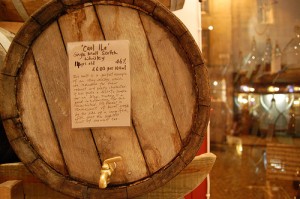
The majority of the distilleries located throughout Scotland have been producing and aging whiskies for hundreds of years, and most are located near fresh springs both above (ground) and below. There are only a few simple rules that apply to producing single malt Scotch: All single malts use only malted barley (no other grains; wheats/ryes/corn). Scotch whisky must be aged for at least three years in oak casks. From there, it comes to which six regions the malt and the water come from, and how each master distiller has perfected and taken the time to artfully craft their unique spirit. In this day and age of instant gratification, single malt whisky remains one of the most uncomplicated, unchanged processes that is best appreciated after several years (sometimes decades) for the spirit to mature.
A first introduction to single malt Scotch can seem overwhelming. The same can be said for a first introduction to wines, however, people have a general understanding of wines from all over the world. Most are familiar with a Shiraz from Australia or a Sangiovese from Chianti in Italy, or a big juicy Cabernet Sauvignon from California. In these cases, the characteristics of each wine changes ever so drastically from bottle to bottle. With single malt Scotch whisky, it is only produced in one country; that being Scotland. Without having to worry about any other countries, it comes down to the five regions that make up the whisky-producing areas in Scotland.
The Highlands (the Islands are now considered to be a sub-region of the Highlands); the Speyside region, which is home to majority of the distilleries in Scotland; the Lowlands, which only house four operating distilleries; the Campbeltown region once housed over 30 distilleries, but now has just three in operation. And lastly, there is the Islay (pronounced ‘eye-la’) region. The Islay region is home to eight operating distilleries. The common trait amongst Islay whiskies is their smoky characteristic that is most commonly derived from the peat that is burned during production, allowing the smoke to dry and flavor the malted barley before maturation.
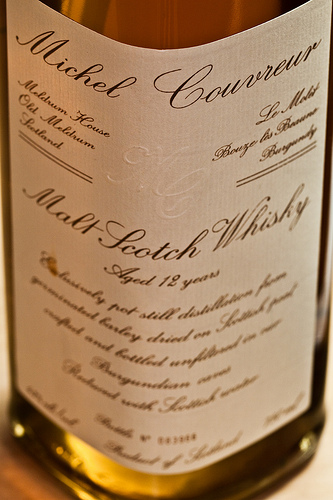 The single malt Scotch whiskies that are best for beginners would be the Lowlands, also sometimes referred to as the “Lowland Ladies.” The whiskies in this region are very approachable, non-peated, and easy on the palate. Their notes are grassier, fresh water, and sometimes herbal. Those who have tried some form of whisky at one point or another, would be more suited to try Scotches from either the Highland or the Speyside region. Commonly known whiskies from the Speyside region, which are also the best-selling whiskies in the world, are Glenlivet and Glenfiddich. The late, great whiskey connoisseur Michael Jackson (not to be confused with the pop star) described the Scotches from Speyside to be “The most complex of whiskies, and the most elegant.”
The single malt Scotch whiskies that are best for beginners would be the Lowlands, also sometimes referred to as the “Lowland Ladies.” The whiskies in this region are very approachable, non-peated, and easy on the palate. Their notes are grassier, fresh water, and sometimes herbal. Those who have tried some form of whisky at one point or another, would be more suited to try Scotches from either the Highland or the Speyside region. Commonly known whiskies from the Speyside region, which are also the best-selling whiskies in the world, are Glenlivet and Glenfiddich. The late, great whiskey connoisseur Michael Jackson (not to be confused with the pop star) described the Scotches from Speyside to be “The most complex of whiskies, and the most elegant.”
When it comes to enjoying a dram of single malt Scotch, there really is no wrong way to consume it. Some, for example, prefer it over ice (‘On the rocks’), some may have theirs with club soda, or mix it in hot tea with a little lemon and honey. Whichever the case may be, it is about personal preference and each person’s taste buds differentiate tremendously from palate to palate. However, most master distillers will suggest to first try the single malt with nothing added to it at all (‘Neat’) and then add just about an eye-drop worth of distilled water to it to “bring the spirit back to life.” The aging process ends once it is bottled (opposite from wine) and it remains quite strong from the alcohol which can leave the palate numb. So the process of adding a little water dilutes it enough to taste and enjoy the many complex flavors found in each bottle. Whichever region and distillery that is chosen, single malt Scotch should always be enjoyed with great patience and appreciation. After all, that is how the distiller, after years of perfection, came to produce such an elegant, complex whisky in the first place.

